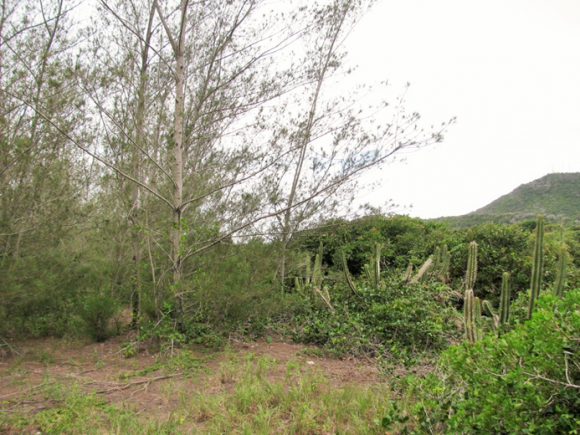19 June 2018 | By Gyan Sharma
Invader plants may not be equally successful in varied invaded ranges due to the time that passed since they were first introduced and environmental factors. These were the results from a collaborative study by a team of plant invasion ecologists from India and South Africa. The study was published in the latest issue of the journal Tropical Ecology.
Teaming up with Prof. Karen Esler, C·I·B Core Team Member, Dr. Gyan Prakash Sharma, a former C·I·B postdoctoral fellow, and now Assistant Professor at the University of Delhi and his PhD student, Neha Goyal unravelled the factors that facilitate performance of Lantana (Lantana camara L. (sensu lato)) across the two invaded ranges, India and South Africa.

Lantana, a shrub native to the American tropics, currently occupies 13 million hectares in India and 2 million hectares in South Africa. The species continues to expand due to climatic suitability of the invaded ranges and has a high invasibility potential across the two ranges. Interestingly, the time since Lantana was introduced to these two ranges differs substantially viz. ~213 years in India and ~159 years in South Africa.
To measure the species’ performance, the team identified a set of vegetative and reproductive traits of Lantana in the two invaded ranges. Climatic factors of the invaded ranges were also collected. On comparing the field observations and estimated trait values, the Indian populations were found to be more vigorous than those in South Africa in terms of key traits. The team also found that substantial differences in mean annual temperature and/or residence timeframe in the two invaded ranges might have driven contrasting performance ability of Lantana. However, investigation for other unidentified factor(s) which may contribute to species’ invasive success in the invaded range is necessary.
The study prompts for enhanced research attention towards Lantana. The authors reiterate that there is a need to disentangle Lantana species complex composition to better determine the variability in species’ performance potential within and between different invaded ranges, including India and South Africa. Their unequal success in different invaded areas could be crucial for their management.
Read the paper
For more information, contact Gyan Sharma at gyanprakashsharma@gmail.com


